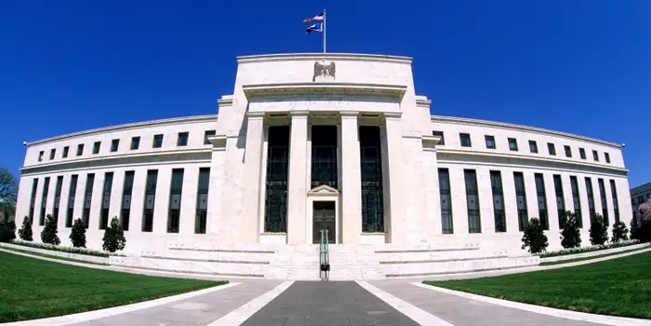What to make of the market action this week
European stocks opened generally lower yesterday, with the Euro Stoxx 50 composite index wasting 2.25% before midday. It slipped below the 4000 mark for the first time since May. Current losses seem to be temporary opposed to the alleged overall reasons for longer global markets' correction.
After a record close of the April-June quarter, the U.S. S&P 500 broad market index ended trading on July 7 at a new all-time peak of 4,358 points. During the previous two trading days, two small intraday corrections were also limited by the bottom line of 4,315 points and quickly bought out.
Futures for the Nasdaq 100 high-tech sector index took a chance to strongly update its absolute record at the beginning of New York session on Thursday exceeding the level of 14,880 points at some point, but ending the day at 14,810 points height again. The Nasdaq index carried over the obstacle of 14,000 points only in the beginning of June. Altogether, it soared almost 6% after this remarkable achievement and might see an even bigger technical correction in the frame of multi-month ascending rally. But the buy on small dips strategy still triumphs both for the broad market and techs on that side of the Atlantics.
Giants including Apple, Google, Amazon, and Microsoft were the major engine of the overall rise of the indices throughout the week. Apple is clearly preparing to update its absolute peak for capitalisation much above $2 trillion, closing the day at $144.57 per share, while Google has already taken another bar at $2600 per share.
The price of Amazon, the world's largest e-commerce platform, jumped above $3,700 per share for the first time. The results of the Prime Day sale held at the end of June helped Amazon's new powerful take-off but also supported the assets of many other American retailers, including Walmart and Target Corporation. The latter ended yesterday's session at its new absolute maximum of $247.55 per share. The U.S. retail sector may count on further inflationary support, focusing on the expected July 13 release of the consumer price index (CPI).
As for the regulatory background, according to the minutes of the Federal Reserve's (Fed) meeting of June 16, which were finally released on Wednesday, a person with an unprejudiced view might not find any potential options for tapering buying bonds programs. The only paragraph in the big text of the minutes which was devoted to this hot topic showed that the Fed members not only agreed that a certain threshold to initiate reducing monthly asset purchases has not yet been reached, but also they do not see any certainty exactly on the point of what such a threshold could be.
In combination with constant attempts of some Fed members, including Chairman Jerome Powell, to downplay the meaning of "dot plot" projection where 13 of 18 governors predicted the first rate hike move before the end of 2023, the reduction of monetary incentives will obviously not even be discussed until the late autumn, at least. This means the powerful feeding of the U.S. stock market with the Fed's money to be continued.
Local Asian sentiment looks to be the only clear source for a downward corrective impulse at the European markets, which do not have its own fundamentals for any sharp decline in the conditions of the restrictions being lifted here step by step. The ultra-soft policy of the European Central Bank contributes to the supply of national markets with liquidity here.
To summarise, all these factors are unlikely to radically change the mood on the stock exchanges. The futures for the S&P 500 index on fell only to the 4,290 points area on pre-market on Thursday, as a 4,250-4,270 range for this major stock index for America still serves as a powerful support.
Disclaimer:
Analysis and opinions
provided herein are intended solely for informational and educational purposes
and don’t represent a recommendation or investment advice by TeleTrade.




